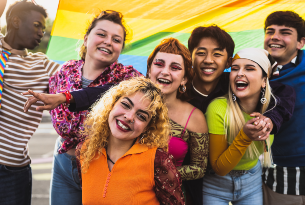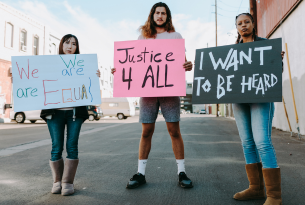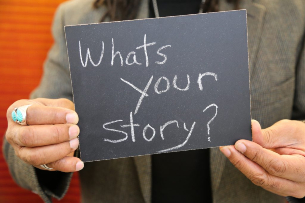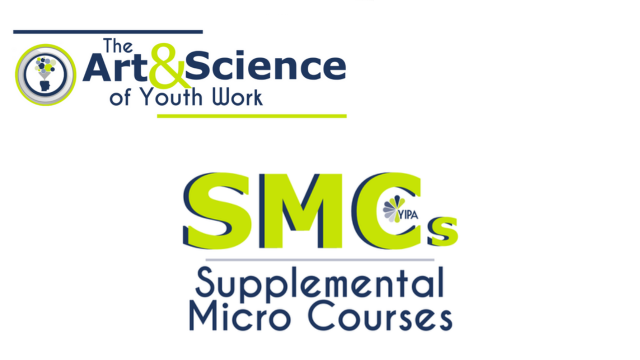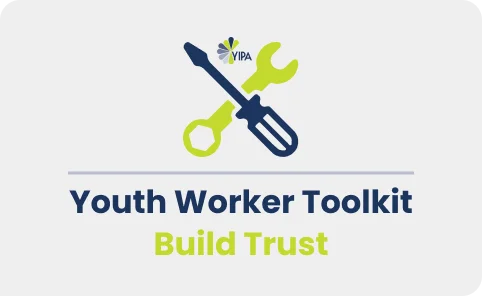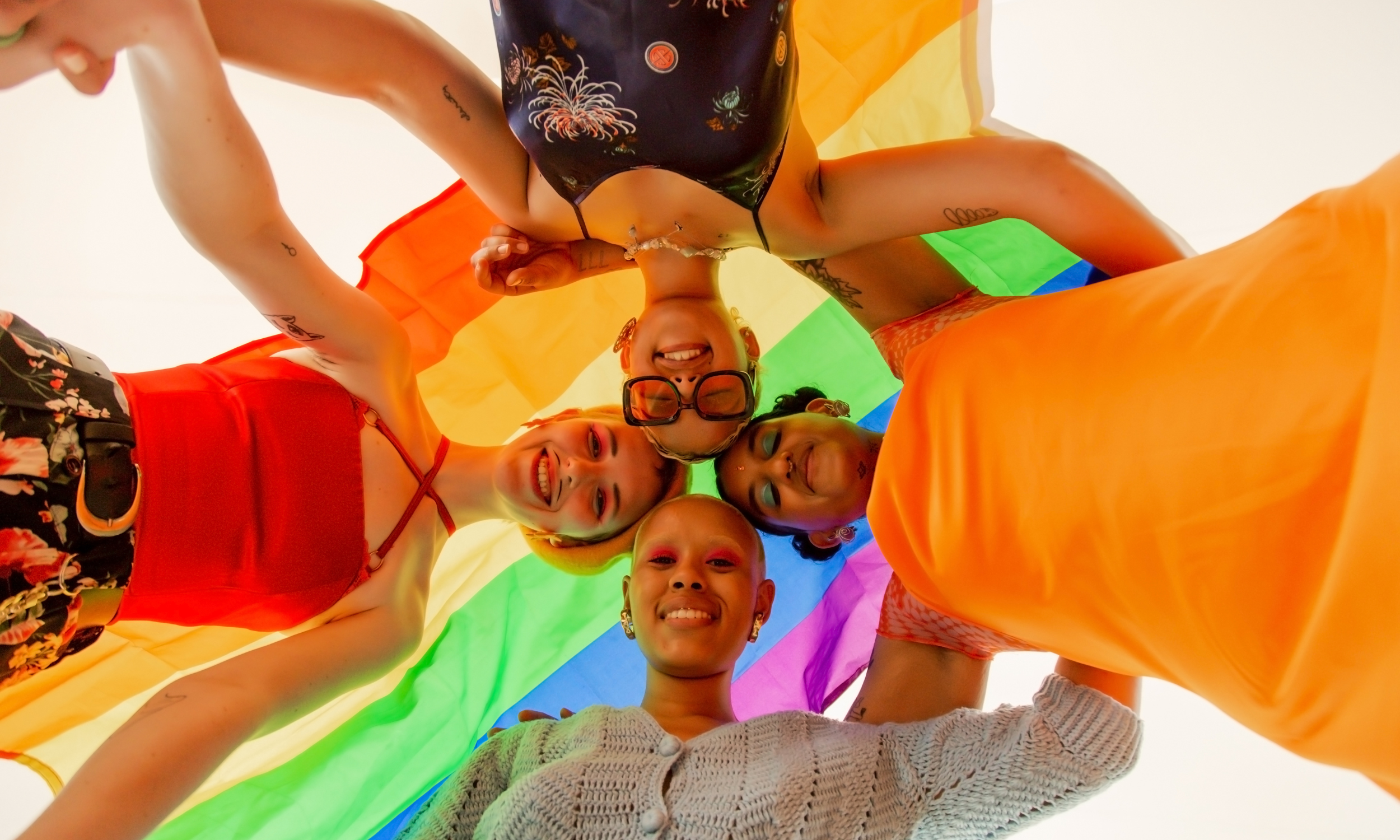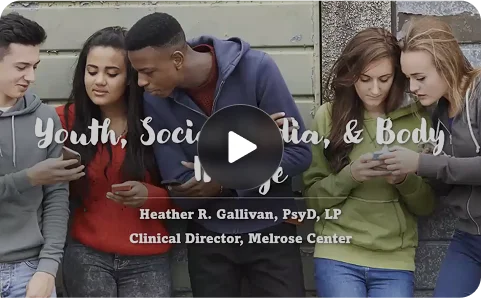LGBTQIA+ Stands for Social Justice
Intercultural Engagement
Published on: June 11, 2024
LGBTQIA+ youth and adults deserve to be seen and exist in inclusive spaces. Language is a powerful tool to ensure visibility for LGBTQIA+ folks. Regardless of where you are in your learning journey, take time to understand what LGBTQIA stands for. And how it all adds up to the pursuit of social justice.
Language is constantly evolving, along with our understanding of the LGBTQIA+ community. So, new terminology emerges to more accurately represent a person’s gender and sexual identity. Accordingly, those who want to be supportive allies can start by learning these terms.
What does LGBTQIA+ mean?
To assist someone who’s going through their sexual and gender identity journey, take the time to learn the terminology. It gives insight to the spectrum of sexual and gender diversity. More importantly, using LGBTQIA+ terms helps foster a safe space for those along journey.
L – Lesbian refers to women who are attracted to other women.
G – Gay is used as an umbrella term to refer to people attracted to the same gender. Most commonly it is used to refer to men attracted to other men.
B – Bisexual people are attracted to both men and women.
T – Transgender refers to anyone whose gender identity doesn’t match the gender they were assigned at birth.
Q – Queer is used to express a spectrum of identities and orientations. It’s commonly used as a catch-all term, including folks who have non-binary or gender-expansive identities.
I – Intersex refers to people born with both male and female chromosomes and/or sex characteristics.
A – Asexual refers to people who don’t feel sexual attraction.
+ – The plus symbolizes that there is additional terminology not stated above. For example, this can commonly include, two-spirit, non-binary, demisexual, gender fluid, aromantic.
All these identities exist on a spectrum. There is no right or wrong way to exist. These terms provide a helpful framework for learning about people whose identity expands outside of the heteronormative standard.
It’s important to recognize that language is evolving. So, new terms can be created, or old terms can be clarified. Finally, there is more to learn about the expression of gender and sexual identity.
Micro inclusivity in spaces
Micro inclusivity refers to small acts that positively build up over time to foster a more inclusive environment. We can look at current spaces that were built based on heteronormative standards. This can look like assuming people’s gender pronouns based on their outward appearance. But that may cause harm towards people whose sexual and gender identity don’t align with their outward appearance.
Here are some steps you can take to foster inclusion:
- Encourage people to share and list their pronouns on signifiers
- Respect people’s boundaries surrounding their gender and sexual orientation
- Include LGBTQIA+ voices
- Be an active listener and active learner
- Elevate expertise over opinion. This can help break stereotypes and stigmas
Be cognizant of how external factors can encourage violence and fear towards LGBTQIA+ community.
Continue learning
There is more to being an ally than learning terminology. But it’s a great start. As you are learning to be more inclusive with language this behavior can transition to being more aware of gender pronouns. These acts of micro inclusions help to create safer spaces for LGBTQIA+ identifying people.
LGBTQIA+ is on a spectrum. There is no one way for a person to present with their sexual and gender identity. Each person’s story is unique. Finally, as you continue learning, think about your own experiences based on your sexual and gender identity.
To continue your learning, check out our training, Creating LGBTQIA+ Inclusive Youth Spaces.


